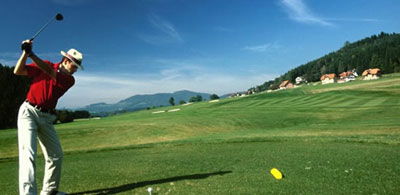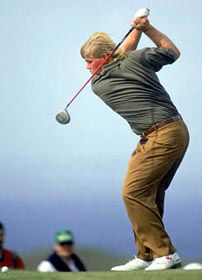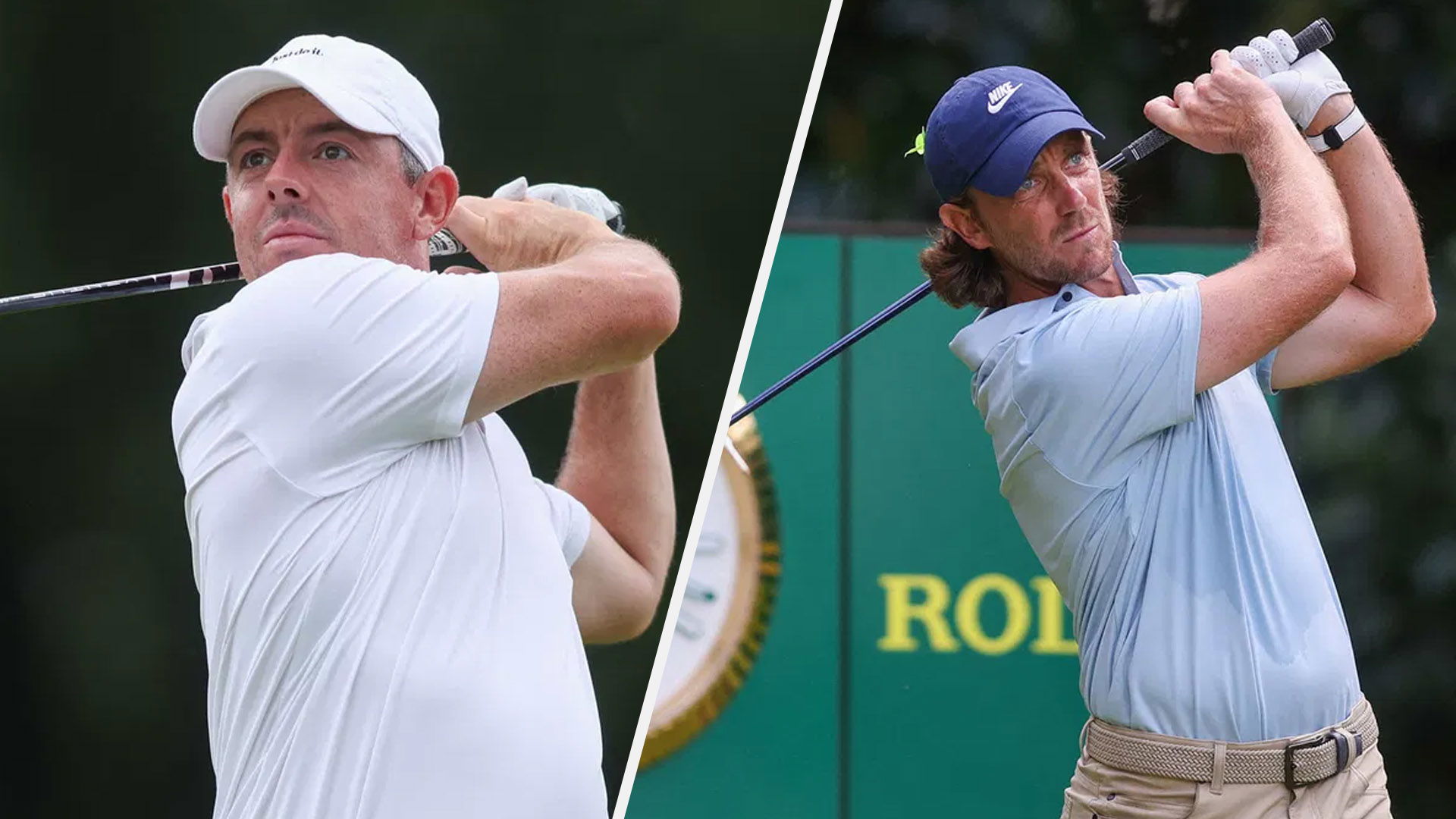Is technology favouring the big hitters?
...or are the latest golf balls and drivers providing more equal opportunities for the rest of us?

So do today's big-hitters with their 120mph golf swings really get an advantage over us airy-fairy straight-hitters who struggle to reach the longer-par-4 in two shots? Conventional wisdom would suggest yes, surely. That modern golf balls used on the professional Tours give an unfair distance advantage to players with high swing speeds and that single-figure crushers at club level would always hold the upper hand over the likes of you and me, the average hacker. Furthermore, the traditional thinking is that golfers with swing speeds in excess of 115 mph have gained distance disproportionately because modern golf balls only get 'activated' when they’re compressed at very high swing speeds, especially when struck by the modern, titanium-faced drivers. But no, the facts appear to tell a different story. | |
According to the latest stats from the USGA, and confirmed by leading ball-makers Titleist, there's no extra bonus distance for high swing speeds. Despite what some spike bar know-alls might argue, distance with the new balls used on Tour - and therefore available to us mere mortals, further down the line - actually starts to fall off slightly at higher swing speeds. While hitting the ball harder and faster means it goes longer, the ball is less effective at translating energy into distance at higher swing speeds. To explain: At impact the club transfers some of its energy into the ball while aerodynamic forces then come into play with lift (keeping the ball airborne) and drag (slowing it down). This combination determines how far the ball goes. Contrary to popular belief, the COR (coefficient of restitution) which measures energy transfer decreases as clubhead speed increases when it reaches around a 130mph optimum. And repeated tests have proved that the 'energy boost' at Tour-level speeds is a myth, because while lift is good for distance, drag (which increases at higher speeds) isn't. And to prove the point, still further, the USGA has compared PGA Tour driving stats of 100 players in 2005 who had also been competing on Tour five years ago, when golf balls were mostly high-spinning (mostly wound) types and clubhead sizes were between 250-300cc. Today most players use two or three-piece solid balls and 400-460 cc club heads. For the bigger hitters in 2000 like John Daly, the average distance increase has been around 11 yards, whereas for the shorter hitters, like Fred Funk, Corey Pavin and Brad Faxon, new, high-tech balls and drivers the benefits have been greater - as much as almost 14 yards. Strangely, accuracy off the tee isn’t as important as it used to be on the PGA Tour. During the 1980s driving accuracy was almost as strong a prediction of money-winning as putting. Today it has fallen to its lowest level ever. Consistent length and accuracy, not necessarily with a driver, a tidy short game and the ability to hole five to ten foot putts in your sleep are the vital ingredients. Sound familiar? |













